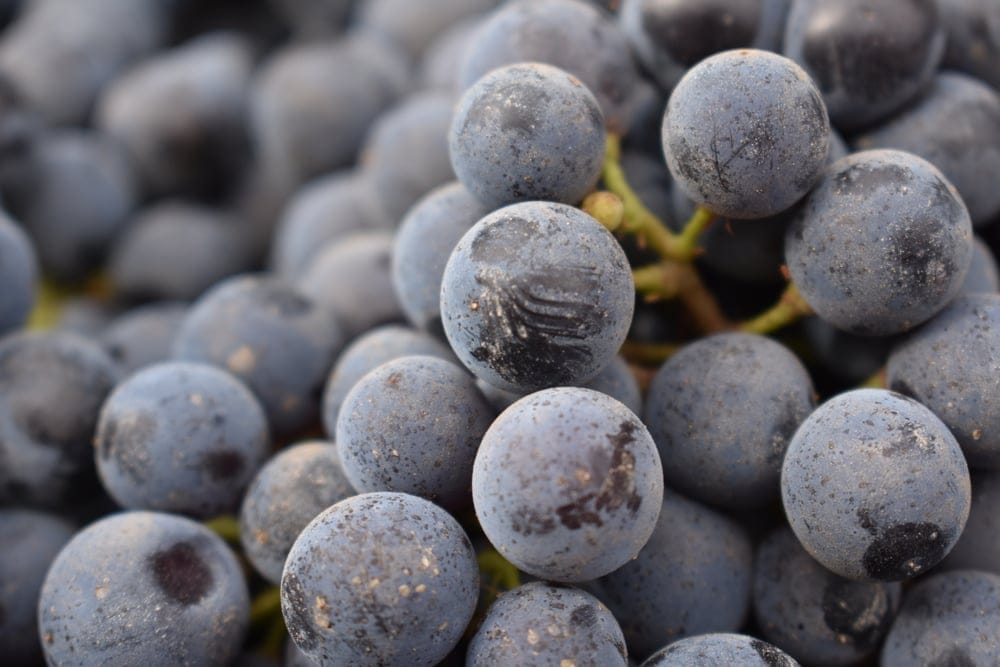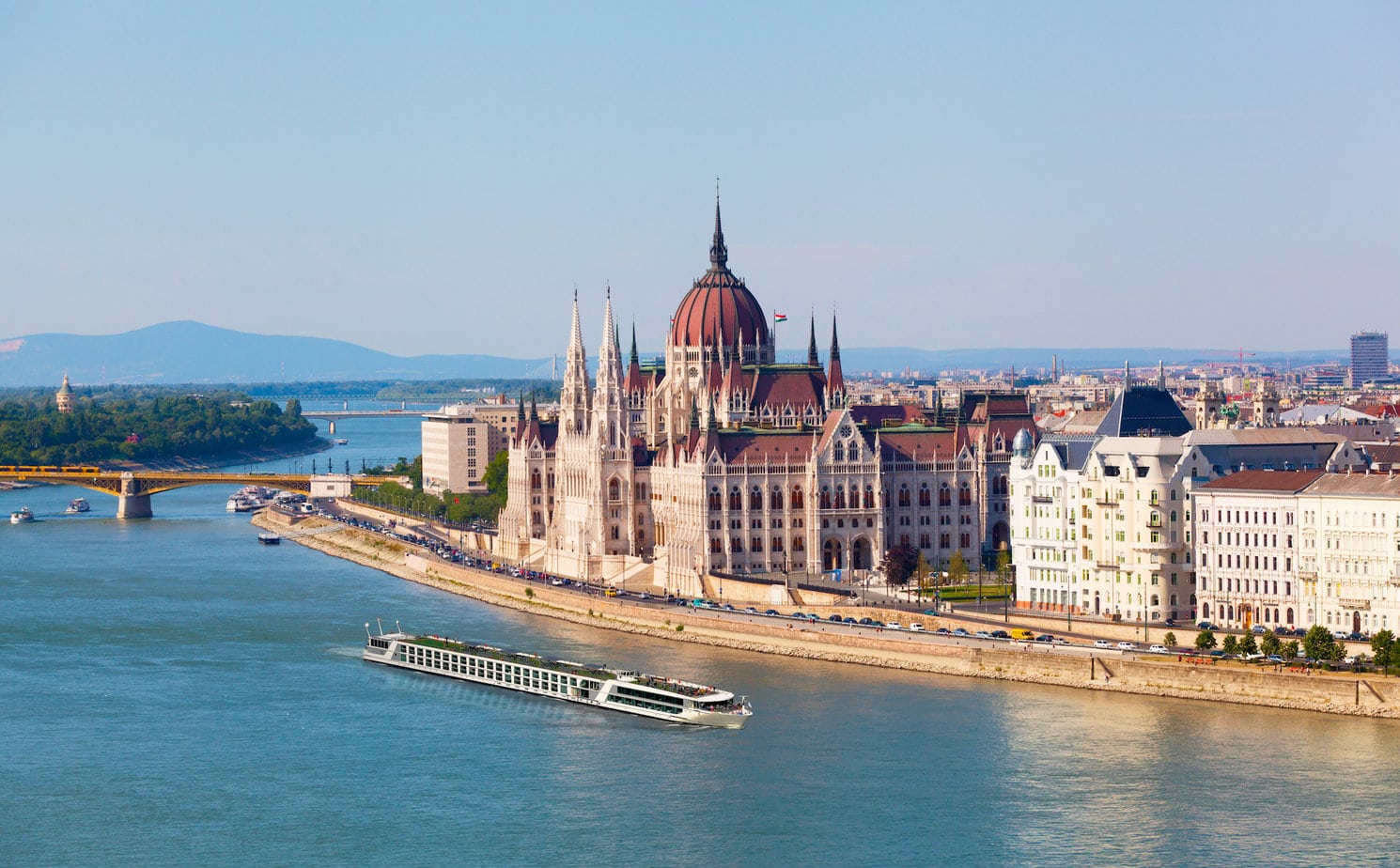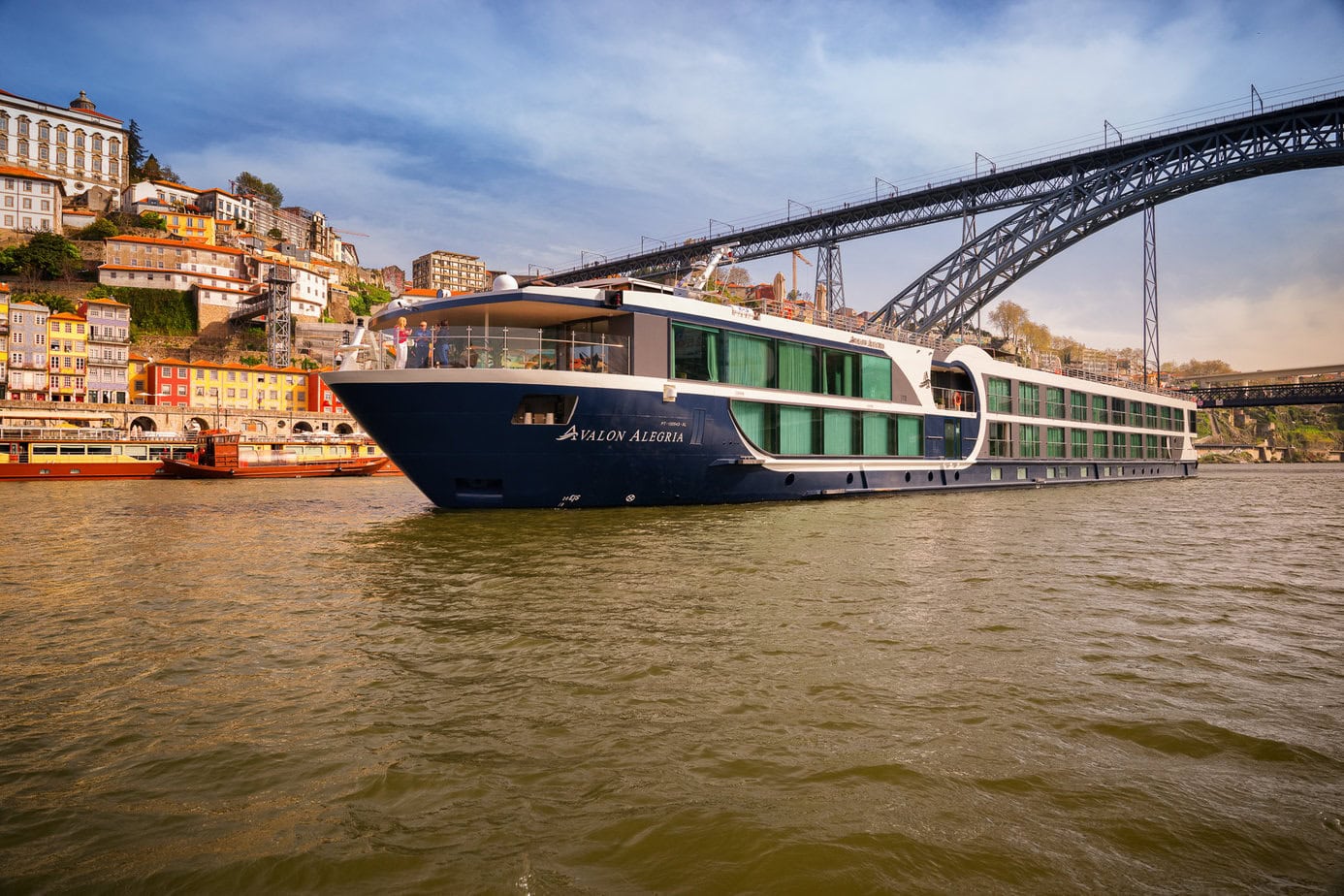Romania, with its rich viticulture history, diverse microclimates, and array of both indigenous and international grape varieties, presents an intriguing and exciting landscape for wine lovers. Each wine region, from the sun-soaked vineyards of Wallachia to the cool-climate slopes of Transylvania, contributes to the country’s vibrant and diverse wine culture.
As one of the oldest wine-producing regions in the world, Romania’s viticulture roots run deep, tracing back more than 6,000 years. While Romanian wine may not have the global recognition of its French or Italian counterparts, don’t let that overshadow its unique qualities and intriguing potential.
Uncork your curiosity and pour yourself a glass of fascination as we dive into the captivating world of wines from Romania, a journey that promises to be as enriching as it is enjoyable. We discovered Romanian wines while on a river cruise on the lower Danube. While we enjoyed the cruise, we’ve also looked for Romanian wines closer to home.
History of Wine in Romania
The history of Romanian wine is a tale as old as civilization itself, dating back over 6,000 years. Located between the Black Sea, the Carpathian Mountains, and the Danube River, Romania’s fertile soil offered the perfect conditions for viticulture.
Ancient Roots and Roman Influence
Archaeological findings suggest that the Dacians, the ancient inhabitants of Romania, had a flourishing wine culture, steeped in rich tradition and mystic rituals.
The prized wines of Dacia caught the attention of the Roman Empire. When the Romans conquered Dacia in 106 AD, they also brought their vineyards to the region, planting Roman grape varieties alongside local varieties. This union between local and Roman viticulture practices marked the beginning of a rich and diverse wine culture, creating a blend of flavors that are still found in Romanian wines today.
After the Roman Empire fell, wine production through tumultuous times. Various invasions, political changes, and religious influences all took their toll on the region, just as it did in other parts of Eastern Europe. However, the passion for winemaking never waned among the Romanian people. They still preserved their wine traditions, passing them down through generations.
Modern Revival and Challenges
The modern history of Romanian wine is one of revival and renaissance.
The 19th century brought French influences into Romanian viticulture. French grape varieties such as Merlot, Sauvignon Blanc, and Pinot Noir were introduced, giving rise to a new era of Romanian wine that blended traditional practices with modern winemaking techniques. Romanian wines began to earn international recognition, including winning awards at the Paris World Exposition in 1867.
This progress was abruptly halted in the 20th century by the two World Wars and the subsequent Communist regime (much like Bulgarian wine and Kazakh wine). Vineyard ownership was nationalized, and quantity was prioritized over quality. The period left a significant dent in the Romanian wine industry, but did not eliminate it.
With the fall of Communism in 1989, the Romanian wine industry experienced a resurgence. Re-privatization of vineyards allowed for a renewed focus on quality, and modern winemaking technologies were implemented. Despite the challenges, the efforts to rebuild the reputation of Romanian wine met with success.
Today, Romania stands as the sixth largest wine producer in Europe and the thirteenth in the world. Although Romanian wine may still be under the radar in the global market, it’s worth discovering. It’s an exciting time for Romanian wine makers as their wines continue to gain recognition among wine lovers.
Romanian Wine Regions
From the terroir of each region comes an array of wine varietals. Whether it’s the sunny slopes of Wallachia or the cool microclimates of Transylvania, there’s a vineyard in Romania just waiting to be discovered.
Transylvania
Transylvania, a land known for its mythical lore, is also home to a remarkable range of wines, thanks to its diverse microclimates. The region’s position within the Carpathian basin, creates a combination of climatic conditions that result in an impressive variety of wines. The microclimate here, with cool nights and hot days, results in wines with a distinct aroma and balanced acidity.
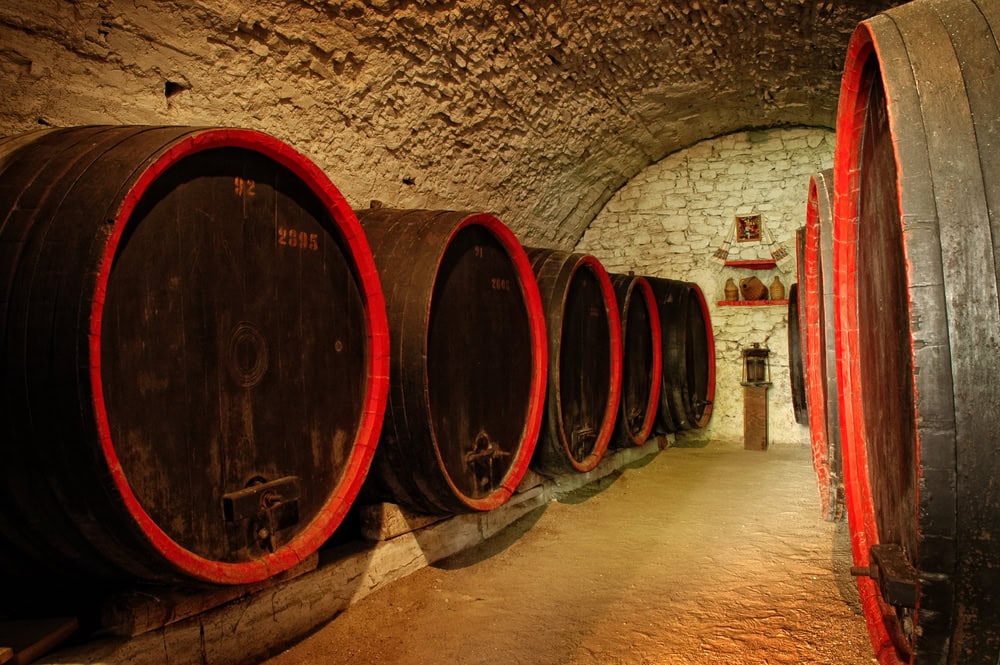
Among the notable wineries in Transylvania is Jidvei, known for its exquisite white wines, particularly Feteasca Alba and and Sauvignon Blanc. Another standout is the Lechinta Vineyard, famous for its dry and semi-dry wines.
Moldova
The Republic of Moldova is recognized as an official country by Romania. The wine region, however, is considered part of the Romanian wine region.
Moldova, located in the northeastern part of Romania, is considered the cradle of Romanian viticulture with evidence of wine-making dating back to the Geto-Dacian era. Moldova’s wine culture is rooted in the region’s long-standing history, geographical position, and favorable climatic conditions. The vineyard uses traditional methods, aging their wines in oak barrels, to develop a rich flavor profile.
The region’s most significant wine producer is Cotnari Vineyard. They’re best known for aromatic sweet wines, predominantly white. A popular selection is Grasa de Cotnari, a Romanian wine mentioned in historical documents dating back to the 15th century.
Wallachia
Wallachia has a warm, sunny climate, perfect for ripening grapes and resulting in robust and flavorful wines. The vineyards of Dealu Mare, located in the southern part of Wallachia, are well known for their red wines, producing some of the best Cabernet Sauvignon, Merlot, and local Feteasca Neagra wines in the country.
Banat
In the western region of Banat, the wine tradition is heavily influenced by its historical ties to the Austro-Hungarian Empire and German settlers. The Minis-Maderat vineyard, one of the oldest in the country, is well-known for its red wines, particularly the Cadarca, a variety that has been cultivated here since Roman times.
Romanian Wine Varietals
Exploring Romanian wine is a rewarding journey, with each varietal and blend offering a distinct taste experience. Each bottle reflects the unique characteristics of its region, climate, soil, and the passion of the winemakers involved. From indigenous grapes to international classics, Romanian wines showcase a diverse range of flavors waiting to be discovered.
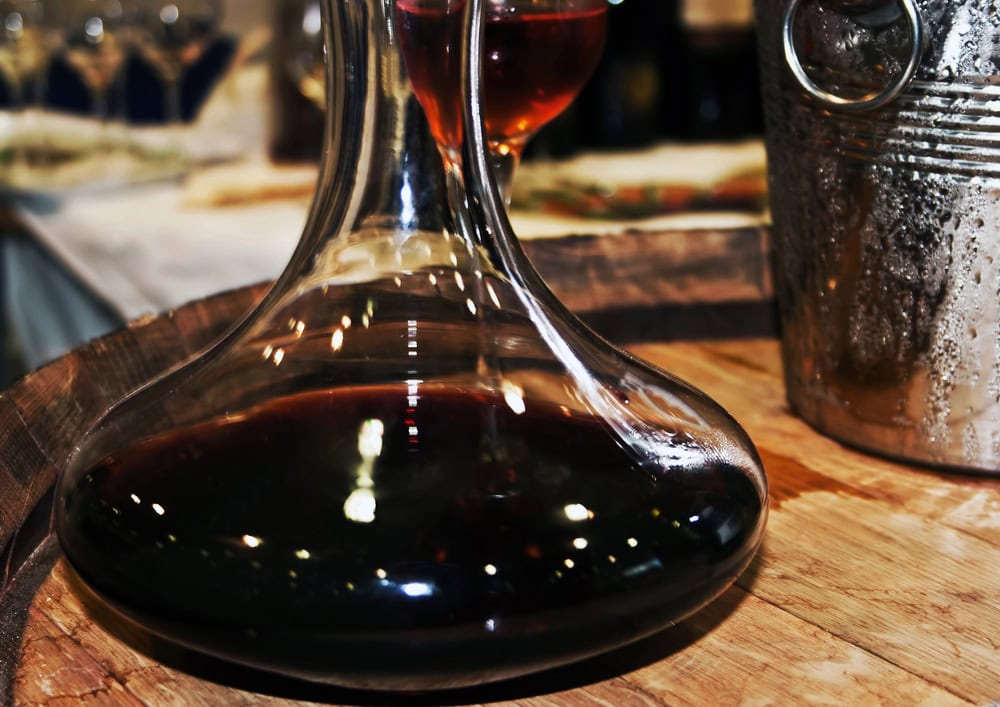
Indigenous Reds
Romania prides itself on its indigenous grape varieties that capture the essence of the country’s terroir. Among the reds, Feteasca Neagra, meaning “Black Maiden,” stands out. This ancient grape variety is predominantly grown in Moldova and Muntenia, and produces full-bodied, tannic wines with aromas of red and black fruits. The wine is aged in oak to develop spicy complexities.
Another local star is the Cadarca, grown primarily in Banat. This grape dates back to Roman times and produces wines with a light body, but complex flavors with earthy and red fruit notes. Negru de Dragasani is a relatively new variety from the region, and is . gaining attention for its well-structured, aromatic red wines that beautifully balance acidity and tannins.
Indigenous Whites
Romania’s white varieties are as diverse as they are delicious. Feteasca Alba, the “White Maiden,” is a cousin of Feteasca Neagr, and is grown extensively in Transylvania and Moldova. It’s an aromatic, medium-bodied wine with apple, pear, and floral notes.
Tamaioasa Romaneasca, known for its muscat-like character, is another noteworthy variety. This grape produces sweet, aromatic wines with flavors of honey, tropical fruits, and spices. It’s often associated with the golden wines of Cotnari.
Cramposie Selectionata, from the Dragasani region, deserves a special mention. This grape variety gives life to vibrant, fresh wines with high acidity and citrus fruit flavors, as is a great value summer wine selection.
International Varieties
Alongside its indigenous varieties, Romania also cultivates many international grape varieties. Pinot Noir from Transylvania and Dealu Mare is notable for its elegance and depth, showcasing a delicate balance of fruit and earthy notes. Merlot and Cabernet Sauvignon thrive in the sun-drenched vineyards of Dealu Mare in Wallachia, producing wines with ripe fruit flavors, firm tannins, and good aging potential.
Chardonnay, Sauvignon Blanc, and Riesling are also found throughout Romania, each evoking the distinctive character of the region’s climate and soil.
Rose and Sparkling Wines
Rose wines, particularly those made from the indigenous Feteasca Neagra grape, are popular in Romania, delivering fresh, fruity, and versatile wines.
Also noteworthy is Romania’s increasing production of sparkling wines, using both the traditional method (similar to Champagne) and Charmat method (like Prosecco). These wines feature native grapes like Feteasca Alba, creating a Romanian twist to the effervescence.
The sparkling wines are modestly priced, making it an easy decision to add some to your cellar – sparkling wines aren’t just for special occasions.
The Rise of Good Romanian Wine in the Global Market
Romanian wines are starting to come of age, stepping out of the shadows and into the limelight. As they continue to capture the palates of wine lovers worldwide, the future of wine in Romania looks promising.
For the discerning wine explorer, there is much to anticipate from this emerging player in the world of wines. From vibrant whites to robust reds and tantalizing roses, Romanian wine offers a new frontier of flavors waiting to be discovered.
Recognition and Accolades
Although Romanian wine may not yet have the universal recognition of other exquisite wine regions, the tide is turning. Over the past decade, Romanian wines have made a significant impact on the global stage. They’ve received numerous awards and accolades that highlight their quality and diversity.
At international wine competitions that honor the best wines in the industry (Decanter World Wine Awards and the International Wine Challenge), Romanian wines have consistently held their own against renowned wines from around the world. Native varietals like Feteasca Neagra and Tamaioasa Romaneasca have earned praise, and hopefully wine lovers will discover that indigenous Romanian grapes can produce wines of outstanding quality.
Wineries like Cotnari, Cramele Recas, and Davino have received recognition for their exceptional wines, and their successes carry over to the rest of the industry. It may be hard to find a Romanian wine at your local wine shop today, but 10 years from now good quality Romanian wines should be much easier to find. There is lots of potential here for discovery and growth.
Challenges and Prospects
Although Romanian wine may not yet have the universal recognition of other exquisite wine regions, the tide is turning. Over the past decade, Romanian wines have made a significant impact on the global stage. They’ve received numerous awards and accolades that highlight their quality and diversity.
At international wine competitions that honor the best wines in the industry (Decanter World Wine Awards and the International Wine Challenge), Romanian wines have consistently held their own against renowned wines from around the world. Native varietals like Feteasca Neagra and Tamaioasa Romaneasca have earned praise, and hopefully wine lovers will discover that indigenous Romanian grapes can produce wines of outstanding quality.
Wineries like Cotnari, Cramele Recas, and Davino have received recognition for their exceptional wines, and their successes carry over to the rest of the industry. It may be hard to find a Romanian wine at your local wine shop today, but 10 years from now good quality Romanian wines should be much easier to find. There is lots of potential here for discovery and growth.
Exploring Transylvania’s Wineries
From ancient castles to innovative wineries, Transylvania’s wine cellars offer a fascinating blend of history, culture, and wine. Each winery has its special story to tell, accompanied by a diverse selection of wines to taste. Sure, you can find Romanian wine at a local restaurant, but visiting a wine cellar is a memorable part of any trip to Romania.
Whether you’re a wine novice or a seasoned connoisseur, the wine cellars of Transylvania promise an experience that combines a tasty experience with a lot of fun.
Here are a few to consider.
Jidvei Winery
Located in the heart of Transylvania, Jidvei Winery is an favorite destination for any wine lover. The winery, located in the Tarnave wine region, is one of Romania’s largest wine exporters, and is well known for its exceptional white wines. Jidvei has produced premium wines made from both local and international grape varieties, including their celebrated Feteasca Regala.
Visitors to Jidvei can tour the expansive vineyards and, of course, indulge in a wine tasting experience.Under the expertise of knowledgeable guides, you can discover the diverse flavors of Jidvei wines, including sparkling wines, and understand the passion and precision that goes into every bottle. In addition, you’ll be able to tour one of the most beautiful castles in Transylvania – the Bethlen Castle, which houses the winery.
Website here.
Liliac Winery
Liliac Winery, or “The Bat Winery,” as it is affectionately known, blends traditional wine-making techniques with modern technology to produce a range of compelling wines. The winery, located in Lechința, one of the oldest wine regions in Transylvania, places emphasis on the local terroir, ensuring that each wine reflects the unique character of the region.
The winery offers guided tours that take visitors through the process of winemaking, from grape to bottle. The journey culminates in a tasting session where you can savor their selection of wines, including the native Feteasca Alba, alongside local cheeses and charcuterie.
Website here.
Crama La Salina
Just a short drive from Turda Salt Mine, one of Transylvania’s most popular tourist attractions, lies Crama La Salina. This winery is unique as it ages its wines in a cellar within the ancient salt mine. The microclimate of the mine creates a natural environment for aging wines, contributing to their complexity and depth.
Visitors to Crama La Salina can explore this unusual cellar, learn about the history of the salt mine, and enjoy a guided tasting of their wines, including the local Mustoasa de Maderat.
Website here.
Ballasi Wine Cellars
Ballasi Wine Cellars, situated in the picturesque Apold village, is known for its traditional method of producing sparkling wines. The family-owned winery creates expressive and elegant bubbles.
A visit to Ballasi offers a chance to learn about the traditional method of producing sparkling wine and to taste their offerings in a charming, rustic setting. The experience provides an intriguing glimpse into the growing diversity of Romanian wines.
Savoring Romanian Wine
The journey into Romanian wine is an exploration of history, culture, and flavor. Each sip offers a taste of Romania’s terroir, a testament to the country’s wine-making heritage, and a hint of the bright future that lies ahead for Romanian wine.
For Pinterest
Save this to your favorite travel and wine Pinterest boards




